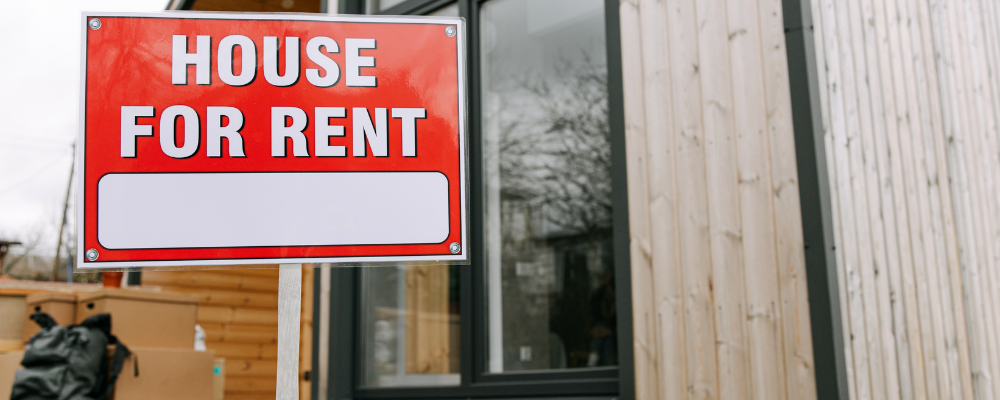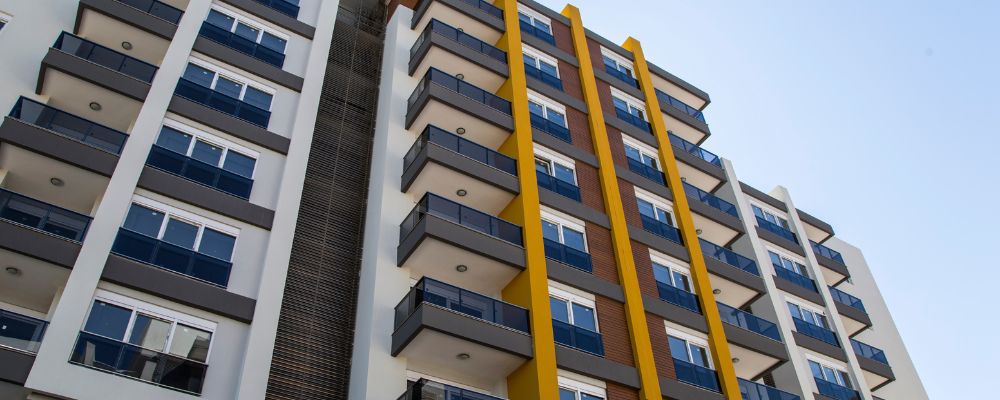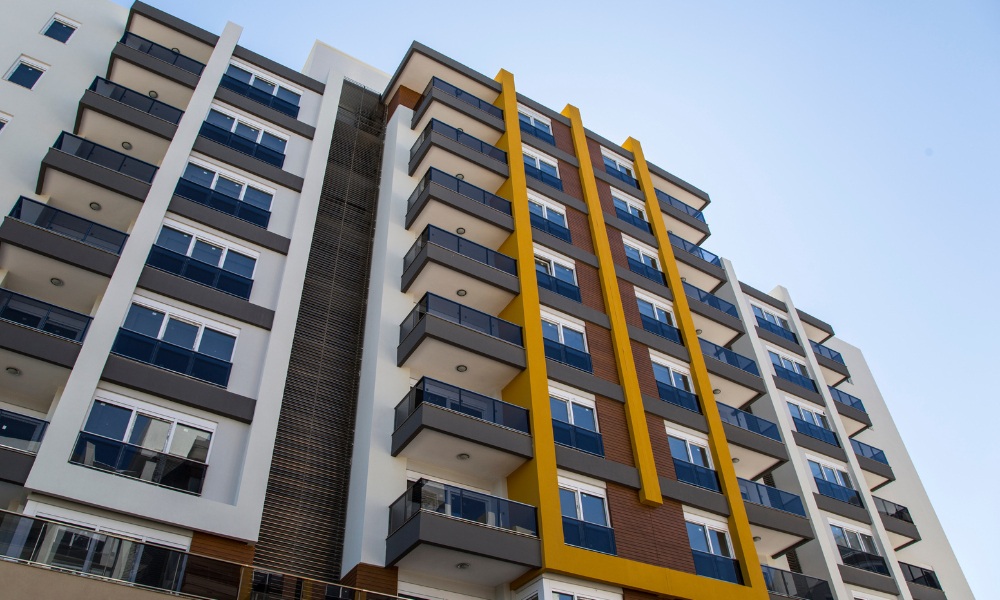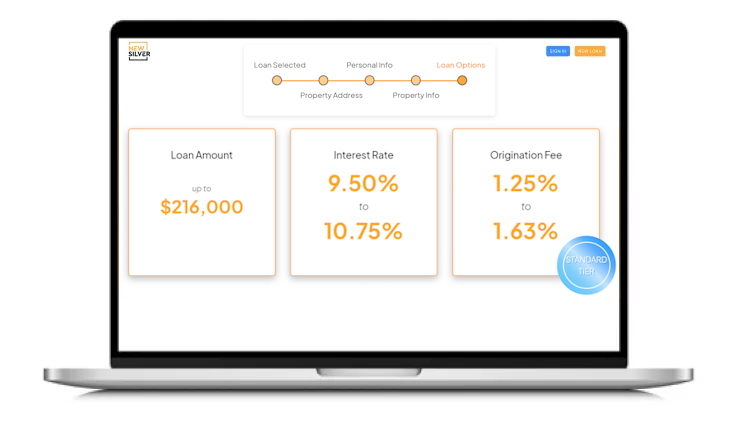The Short Summary
Balancing fair rent increases with tenant retention is a challenge for real estate investors with rental properties, especially with rising operational costs and market unpredictability. To determine a reasonable adjustment, start by analyzing expenses, researching market rent trends, and comparing your property to similar rentals nearby. Key factors like the location of the rental properties, property size, amenities, and economic conditions are crucial in setting a competitive rate.
Handle rent increases carefully to avoid pitfalls like insufficient notice, poor communication, or ignoring local rent control laws. Transparent reasoning, proper notice (typically 60 days), and open dialogue with tenants can ease the process. On average, US rents rise around 3% annually, though recent years have seen fluctuations. Whether aiming for a standard 3-5% increase or adjusting to local conditions, focus on balancing profitability with tenant satisfaction.
Skip To
How To Determine A Reasonable Rent Increase In 2025
As a rental property owner, finding the balance between maintaining your tenant relationships and ensuring your property remains profitable can be challenging. With rising costs of ownership, fair market rent increases are essential to cover your expenses without alienating tenants. Here’s a step-by-step guide to adjusting your rent in 2025.

Step 1: Assess Your Operating Expenses
Start by calculating your monthly operating expenses. This includes your mortgage, property taxes, Homeowners Association (HOA) fees, utilities, landlord software subscriptions, maintenance costs, and even depreciation. Knowing these figures gives you a clear understanding of how much rent you need to break even or generate a profit from rental income.
Rising expenses have made property ownership increasingly costly, and these calculations ensure your rental business remains sustainable through rental income. Use this baseline to help determine a reasonable rent increase that aligns with your financial goals.
Step 2: Analyze Current Rental Market Trends
The rental market fluctuates frequently, so staying informed is crucial. Rising inflation and rent increases have pushed a significant portion of tenants’ incomes toward housing costs, causing many to search for more affordable options.
Research local and national rental market reports to understand the rent trends in your area. This data helps you decide how much you can increase rent without exceeding what the market can bear or making your property uncompetitive.
Step 3: Benchmark Against Local Comparables (Comps)
Compare your rental property with similar properties in the area. Look for properties with similar size, features, and amenities that are currently being leased. The average rent for comparable properties provides a benchmark for setting your own rent and rent increases.
Decide whether to position your rent above, below, or at the market average based on factors like property condition, unique features, or the demand in your area. This step ensures your pricing remains competitive and fair while maximizing your property’s appeal to tenants.
What Are The Most Important Factors When Increasing Rent Prices?
Raising rent is a necessary part of managing a rental property, but it requires careful consideration to ensure fair market rent raises that are justified. Here are six critical factors to evaluate when determining a rent adjustment for your property.

Factor 1: Location
The location of your rental property is perhaps the most influential factor in determining rent prices and increases. Properties close to desirable amenities like schools, shopping centers, public transportation, and entertainment venues often command higher rents due to greater tenant demand.
Additionally, factors such as low crime rates, proximity to major employers, or scenic surroundings can make your property more attractive, justifying a higher rental price. Assess these location-based elements to gauge how much they contribute to your property’s rental value.
Factor 2: Property Size and Condition
The size and condition of your rental property play a significant role in setting rental rates. Properties that are spacious, recently remodeled, or in excellent condition often fetch higher rents than those that are outdated or in need of repairs.
Consider your property’s total square footage, the number of bedrooms and bathrooms, and any additional spaces such as a yard, basement, or bonus room. Larger and well-maintained properties are typically more appealing to tenants, which can justify a higher rental price.
Factor 3: Features and Amenities
Desirable features can significantly boost your property’s rental potential. Amenities such as a private yard, garage, in-unit laundry, or modern appliances make a property more attractive to tenants and can justify higher rent.
Additionally, properties with utilities included in the rent, such as water, gas, or internet, often appeal to tenants looking for convenience, allowing landlords to charge a premium. Highlight these features when setting your rental price to align with tenant expectations.
Factor 4: Local Rental Market Conditions
Market conditions in your area directly impact how much rent you can charge. In areas where demand for rental properties exceeds supply, landlords often have the flexibility to increase rents more significantly.
Conduct research on the local rental market to understand trends, tenant preferences, and the competition. Analyze comparable properties in your area to see what features tenants prioritize and how much they are willing to pay. This insight can guide your rent increase while keeping your property competitive.
Factor 5: Economic conditions
Broader economic factors such as inflation and interest rates also affect rental prices. During times of rising costs, landlords may need to adjust rents to cover increased expenses, such as property taxes, insurance, and maintenance.
However, it’s essential to strike a balance. While operational costs may rise, tenants also face financial pressures during periods of economic uncertainty. An excessive increase in rent might result in longer vacancy periods or difficulty finding tenants who can afford the new rate.
Factor 6: Government regulations
Regulations such as rent control laws or local ordinances can restrict how much a landlord raise rent. These rules vary by location, so it’s crucial to stay informed about any legal limitations on rent increases in your area.
If no restrictions exist, it’s still important to ensure that your rent adjustments are reasonable and aligned with market conditions. For areas with rent control, plan your increases strategically to avoid undercharging and to account for potential future limitations on rate adjustments.
What You Need To Know About Rent Control Laws

Rent control laws (along with rent stabilization) are government regulations that put a cap on how much landlords can charge for rent or increase it over time. The goal is to protect tenants from steep rent hikes while still allowing landlords to raise rent enough to cover their rising costs.
One of the ways rent control protects tenants is by stepping in when landlords don’t meet their responsibilities, like making necessary repairs or providing agreed-upon services. In these cases, rent increases can be paused, and in some situations, tenants might even see temporary rent reductions. Tenants can also challenge rent increases if they feel the landlord’s costs don’t justify the higher rate.
As of now, rent control laws are only in place in six states and the District of Columbia: California, Maryland, New Jersey, New York, Oregon, and Minnesota. Each place has its own rules, so it’s important for both landlords and tenants to know what applies to them.
Rent control is all about finding a fair balance between keeping housing affordable for tenants and ensuring landlords can manage their properties effectively.
Are There Any General Rules Or Guidelines For Rent Increases?
The amount rent should increase per year depends on various factors, including the local rental market, inflation rates, and the condition of your property. The standard annual rent increase is somewhere between 3-5% of the total rent. However, it’s essential to consider the competitiveness of your property in the market and the potential impact on tenant retention. In some cases, smaller increases may be preferable to retain quality tenants, while in a hot market, a slightly higher increase might be appropriate.
What Is the Average Annual Rent Increase in the US?

Rent prices in the US usually hover around a 3% annual increase, but recent years have been anything but typical. The pandemic and its ripple effects caused rent prices to increase faster than their usual steady climb. In fact, according to the 2023 American Community Survey (ACS), the real median gross cost of renting — which includes rent plus the average monthly cost of utilities and fuels, adjusted for inflation — grew by 3.8% in 2023. For comparison, real median home values only rose by 1.8%, marking the first time in a decade that rent outpaced home values.
Of course, these changes don’t hit every region the same way. Local market conditions play a big role in how much rents rise, with some areas seeing much steeper increases than others. Understanding these trends can help renters and landlords alike navigate a market that’s anything but predictable.
Mistakes To Avoid When Increasing Rent In 2025 And Beyond
To raise rent requires a thoughtful approach to maintain good relationships with tenants and ensure compliance with regulations. Here are key mistakes to steer clear of when increasing rent:
- Abrupt or excessive rent increases: Hitting tenants with a large, sudden rent hike can lead to frustration and may even prompt them to leave. Gradual, reasonable increases, combined with clear communication, are more likely to be accepted. Always provide tenants with plenty of warning to avoid unpleasant surprises.
- Insufficient notice: Tenants are legally entitled to receive proper notice before a rent increase. In most cases, this means providing written notice at least 60 days in advance. Surprising tenants with a last-minute increase is not only unfair but could also violate local laws.
- Lack of transparency: Tenants are more likely to accept a rent increase if they understand the reasoning behind it. Be upfront about why the increase is necessary—for example, rising operational costs, property upgrades, or market changes. Transparency builds trust and helps tenants see the value in staying.
- Disregarding local laws: Rent laws vary by location and must be followed to the letter. Ignoring these regulations can result in legal trouble and strained tenant relationships. Research and understand your local laws before you raise rent – look out for rental control and rent stabilization laws specifically. Rent control rent stabilization prevent excessive rent hikes.
- Poor communication: How you communicate about a rent increase is just as important as the increase itself. Use clear, professional, and empathetic language in written notices and any follow-up discussions. Mishandling this communication can lead to resentment or even vacancies.
- Ignoring tenant concerns: Tenant retention is critical to your rental business. When tenants express concerns about rent hikes, listen to them and address their worries. Validating their feelings and finding reasonable solutions can go a long way in maintaining a positive landlord-tenant relationship, particularly when it comes to rental prices.




